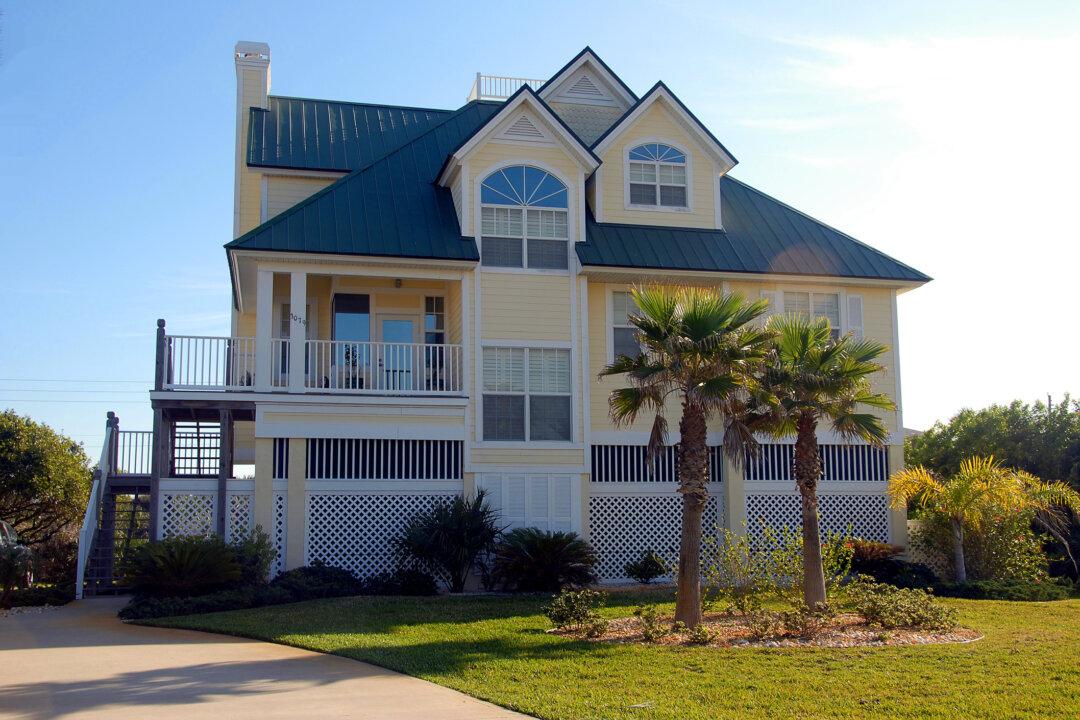Retirees needing income might look no further than their home.
A sharp rise in home values, combined with a shortage of single-family homes, has driven up home prices around the country, leaving senior homeowners with more than $11 trillion in home equity. If you’re planning to downsize, you can tap that equity right away and add the proceeds to your savings.
But if you want to stay in your home, there’s another option: Take out a reverse mortgage line of credit as early as possible—homeowners are eligible at age 62.
The line of credit will create a buffer during market downturns, providing a source of funds to pay expenses until your portfolio recovers, says Wade Pfau, professor of retirement income at the American College of Financial Services. You won’t have to pay the money back as long as you remain in your home.
In 2022, the maximum amount you can borrow using the government insured Home Equity Conversion Mortgage, the most popular kind of reverse mortgage, is $970,800, up from $822,375 in 2021.
Where reverse mortgages are concerned, low interest rates are beneficial: The lower the interest rate, the more you can borrow. And while rates have moved up recently, they’re still historically low, Pfau says.
However, if you’re contemplating a reverse mortgage, you may not want to put it off much longer, because rates are expected to continue to rise as the Federal Reserve moves to squelch inflation. In addition, home prices have been moderating, which means the appraisal you get a few months from now, which will determine the size of your loan, could decline. Taking out the loan now would in effect lock in your current home value, Pfau says. If you determine you don’t need the money, your credit line will increase as if you were paying interest on the balance.
While some TV ads may lead you to believe that every senior needs a reverse mortgage, there are definite downsides. Upfront costs are high, so you shouldn’t take out a reverse mortgage unless you plan to stay in your home for at least five years. The loan will come due when the last surviving borrower sells, leaves for more than 12 months due to illness or dies.
If your heirs want to keep the home after your death, they’ll need to pay off the loan. A HECM reverse mortgage is a “nonrecourse” loan, which means the amount you or your heirs owe when the home is sold will never exceed the value of the home. As long as you remain in the home, you retain ownership, but you’re responsible for paying taxes and insurance and maintaining the property.
(Sandra Block is a senior editor at Kiplinger’s Personal Finance magazine. For more on this and similar money topics, visit Kiplinger.com.)






